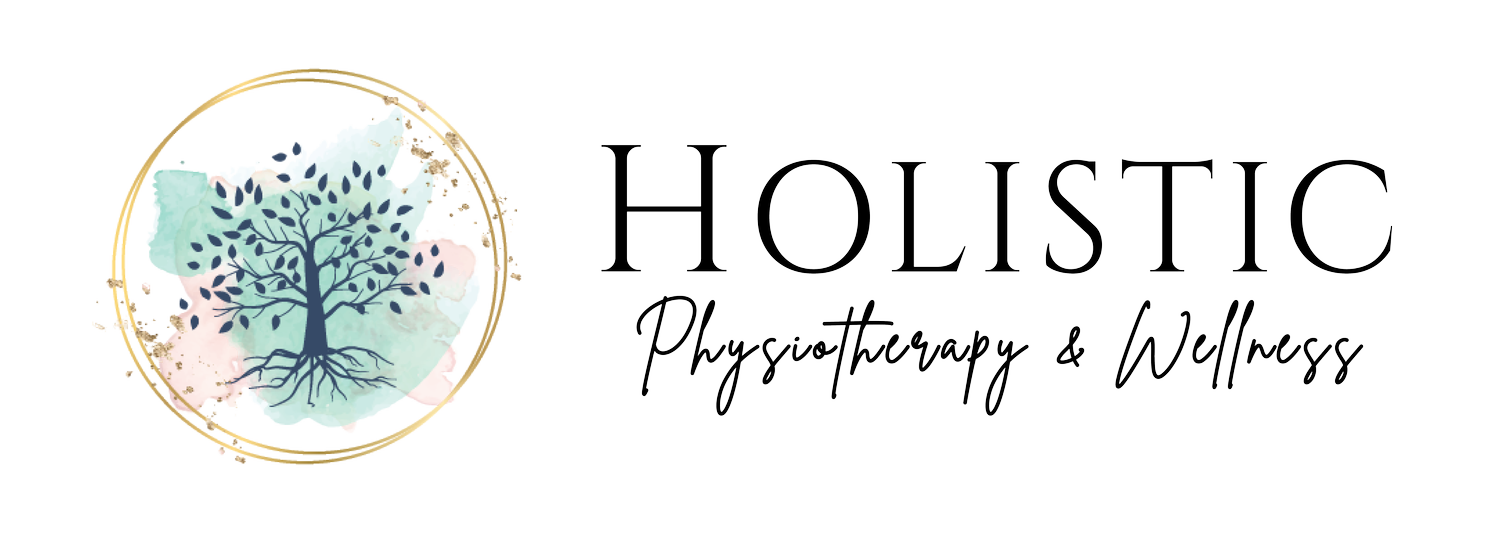What Every Woman Should Know About Endometriosis
Written By Janelle Daku | September 20, 2022
As many as one in ten women are affected by endometriosis. It causes pelvic pain – often severe – and discomfort and can impact sexual activity and fertility. Unfortunately, one of the biggest barriers to finding relief for endometriosis symptoms is that, all too often, it goes undiagnosed, misdiagnosed, or mistreated.
The pain that women experience can interrupt her everyday activity for long stretches and can have a significant negative impact on her daily life, personal relationships, and mental health. Like many other conditions that cause chronic pain, it is also invisible, which can lead to feelings of depression, isolation, and self-doubt.
The good news is that help is out there. You just need to know where to find it. Keep reading for a quick primer on endometriosis and what kind of support is available.
What is Endometriosis?
Endometriosis is an abnormal growth of the uterine lining (endometrium) outside of the uterine cavity, where adhesions to the surrounding pelvic and reproductive anatomy occurs. This usually leads to chronic pelvic pain and, in some cases, infertility.
Endometriosis is difficult to diagnose because its primary symptom, a very painful menstrual period, can be easily confused with dysmenorrhea (intense period cramps). Uncomfortable bowel movements, heavy periods, pain during intercourse, and severe fatigue may also indicate the condition.
The exact cause of endometriosis remains unknown. If you suspect you have this condition, it is important to share all of your symptoms with your OB/GYN or primary care physician to obtain a proper diagnosis.
Once a diagnosis is confirmed, there are treatment options available, including some medical and surgical options. But having a multidisciplinary team on your side can give you new ways to address various concerns and help you find relief sooner and in unexpected ways.
In particular, we have found that skilled therapists who have a solid foundation in biomechanics, neurology, anatomy, sociology, and the psychology that accompanies these subjects can provide effective relief for women who suffer from endometriosis. What kind of professional would have this broad spectrum of knowledge?
Why that would be the humble occupational therapist.
Endometriosis and Occupational Therapy
With a client-centered approach that examines the unique needs of each patient, an occupational therapist can understand the individual’s experience with endometriosis. They can then propose a range of interventions that aim to improve the patient’s physical, emotional, and mental well-being.
Specific ways in which occupational therapy might be applied include:
Mental Health: Through mindfulness and meditation, sleep assessments, Cognitive Behavioral Therapy (CBT), goal setting, and creating structure around symptom management strategies. We also learn to pace ourselves by breaking up tasks to achieve them more easily, which has twin benefits of accomplishing goals and building confidence.
Daily Activity: By reincorporating the things a woman loves to do back into her everyday life, joy can be rekindled, and a sense of normalcy can be restored. We might look at changes in posture, environmental factors, or equipment that can increase comfort and ability.
Pain Management: Using body mechanics and ergonomics, sensory modulation, biofeedback, and graded motor imagery, patients learn to listen to their body. Instead of pushing through pain, which can lead to negative outcomes, we instead work towards regulating alertness of symptoms and how to alleviate them as they arise.
Advocating For Yourself
Because period pain is considered normal, and because endometriosis is widely misunderstood by large swathes of the medical community, simply getting a diagnosis can be difficult and time-consuming. Some women report waiting as long as ten years to confirm a diagnosis.
Severe pain is not normal, and you don’t need to live like this. But if you trust yourself and believe what your body is telling you, you need to be your own advocate. Keep track of symptoms and rate the pain on a scale of 1-10 in a calendar that you can bring to a doctor’s appointment. Write down every question you have so that you can be sure to get answers.
Medical professionals are busy, and many of us feel rushed through appointments. If you come prepared, though, you can get the answers you need. And if you find that you tend to feel intimidated, bring a trusted friend along to advocate for you.
You should be a partner in your own care, and you have the right to seek out medical care that truly works for you, that takes your concerns, symptoms, and self-observations into account.
It Can Get Better!
Curling up in pain on your couch and avoiding the world for a full week out of every month may be your normal now, but it doesn’t have to be your future. If medication and surgery aren’t right for you, or if it isn’t doing enough, a holistic remedy may be transformative.
Hope lives here. Please call or book in for a consultation to discover if occupational therapy for endometriosis can provide relief and get you back to being you.
Janelle Daku
MSc.O.T.


